Here’s something young quant traders may not know. The Flash Crash – an excellent name for a rock band – happened in a violent market maelstrom that lasted about a half-hour on May 6, 2010.
At 2:32p ET that day, stocks without warning imploded. The Dow Jones Industrials fell a thousand points in a matter of minutes, about 9%, before ascending in a breathtaking surge, to finish the day down 347 points or about 3.2%, at 10,520.
A similar move today would hack 3,900 points off the index and then return 2,600 of it.
A flurry of investigations followed. A half-decade later, authorities charged Navinder Singh Sarao in the UK. Sarao, a retail trader running automated programs in S&P 500 e-mini futures contracts, was charged with “spoofing,” or layering the market with orders that he intended to cancel.
Sarao pled guilty to a couple counts and coughed up $12.8 million of the roughly $70 million he made between 2009-14. He served no jail time.
I think regulators realized he wasn’t to blame. The entire stock market is comprised of layering – orders that are cancelled. The SEC’s own data show cancel-to-trade ratios are about 23-to-1 in stocks, meaning less than 5% of entered trades fill. It’s ten times that in ETFs.
And it was the Flash Crash that revealed to the public something called “high-frequency trading.” HFT. Our good friend Joe Saluzzi, partner and co-founder at Themis Trading, went on 60 Minutes to describe it in October 2010 with Steve Kroft, who said:
“It may surprise you to learn that most of the stock trades in the US are no longer being made by human beings but by robot computers capable of buying and selling thousands of different securities in the time it takes you to blink an eye.”
HFT didn’t go away. It quietly became the architecture of the stock market. While volatility girders have been put in place to reduce the risk of sudden market events, dependency on robots has never been more pronounced.
But now everyone is a machine, not just the middlemen. In fact, the technology stack has grown. Where machines before executed trades, now they run order-management systems and mathematical investment models. The market is an algorithm and 90% of volume is a formula.
Maybe machines would have taken over the markets anyway, but it wasn’t accidental. Regulation National Market System ordered automation, by rule. The SEC wanted a continuous auction market – everything available in 100-share increments instantly (average S&P 500 trade-size is now 97 shares).
So in 2006 under Reg NMS, the stock market became a data network connecting exchanges and alternative trading systems around a single best price for every stock. For a trade at the Nasdaq to move to the best price at the NYSE, it had to be automated.
People built faster machines.
And since the exchanges no longer owned trading in their listings, they started paying for trades. The “maker-taker” market was born, where fast traders could earn thirty cents per hundred shares to offer them for sale.
Back on May 6, 2010, those machines for a period vanished and prices collapsed. The market had become too dependent on computerized trades with no purpose besides changing the prices of things.
I wrote in a December post here on quantitative trading about discovering before the Flash Crash a firm calling itself “Octeg.” Turned out to be GETCO if you didn’t spell it backward, the Global Electronic Trading Co.
GETCO got rich cashing coupons – making liquidity for stock exchanges – and sold itself to Knight Securities, which got in trouble in a high-speed trading snafu and sold itself to Virtu. Virtu said before going public in 2016 that it had one losing day in five years.
Today, the playing field has leveled out among machines. Everybody is armed with algorithms. Three are winning big though, trading ETFs, options, stocks. Citadel, Jane Street, Susquehanna.
Beware that much of it is arbitrage, machines pricing options, stocks, ETFs. To win in this market, investors, you need a quantitative strategy.
Disclosure: Interactive Brokers Third Party
Information posted on IBKR Campus that is provided by third-parties does NOT constitute a recommendation that you should contract for the services of that third party. Third-party participants who contribute to IBKR Campus are independent of Interactive Brokers and Interactive Brokers does not make any representations or warranties concerning the services offered, their past or future performance, or the accuracy of the information provided by the third party. Past performance is no guarantee of future results.
This material is from Market Structure EDGE and is being posted with its permission. The views expressed in this material are solely those of the author and/or Market Structure EDGE and Interactive Brokers is not endorsing or recommending any investment or trading discussed in the material. This material is not and should not be construed as an offer to buy or sell any security. It should not be construed as research or investment advice or a recommendation to buy, sell or hold any security or commodity. This material does not and is not intended to take into account the particular financial conditions, investment objectives or requirements of individual customers. Before acting on this material, you should consider whether it is suitable for your particular circumstances and, as necessary, seek professional advice.
Disclosure: Futures Trading
Futures are not suitable for all investors. The amount you may lose may be greater than your initial investment. Before trading futures, please read the CFTC Risk Disclosure. A copy and additional information are available at ibkr.com.
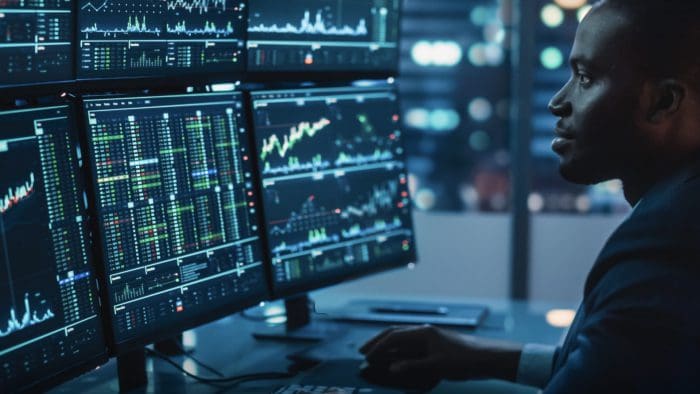
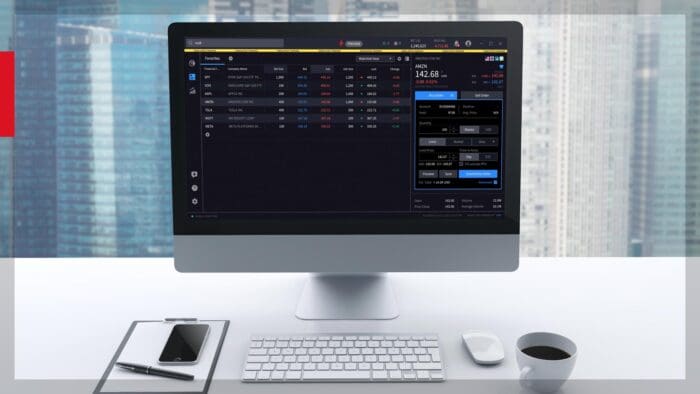

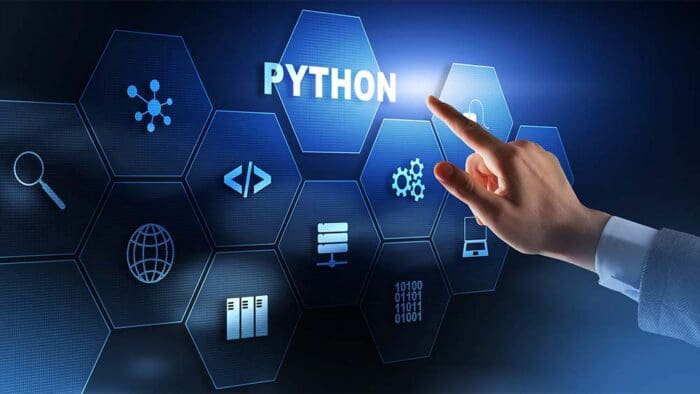
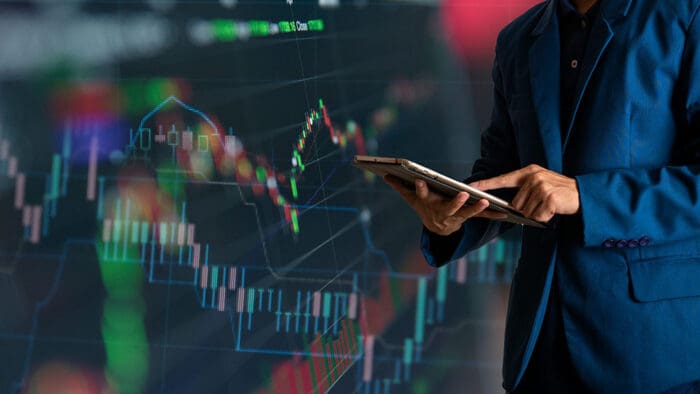

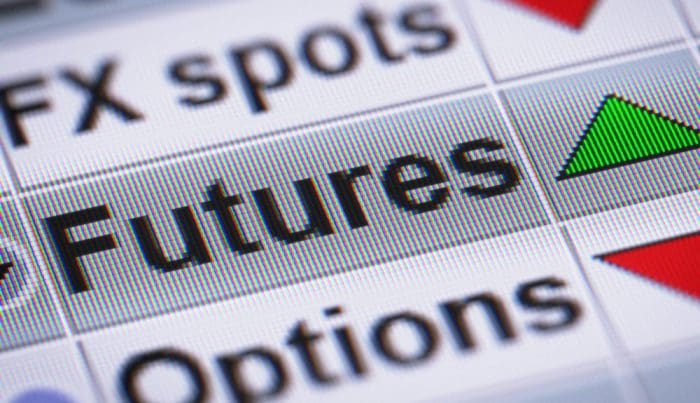

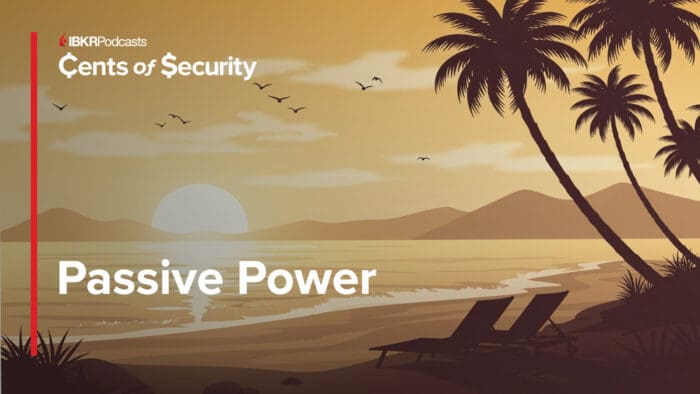
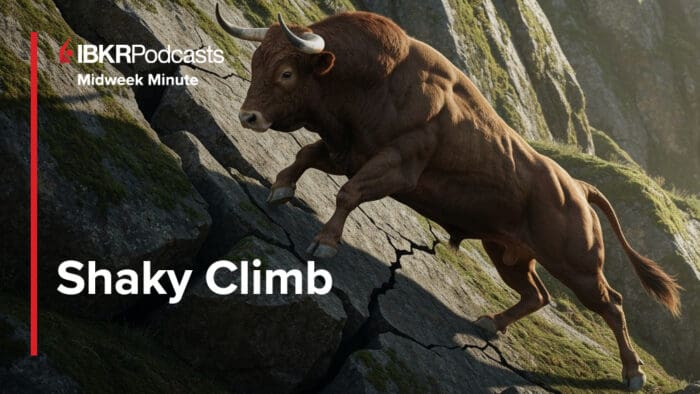
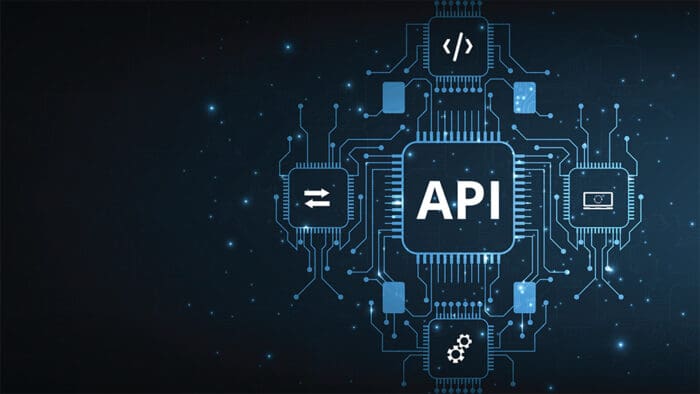
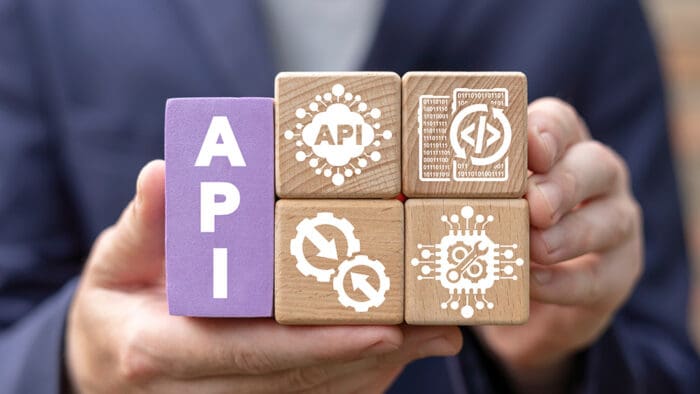
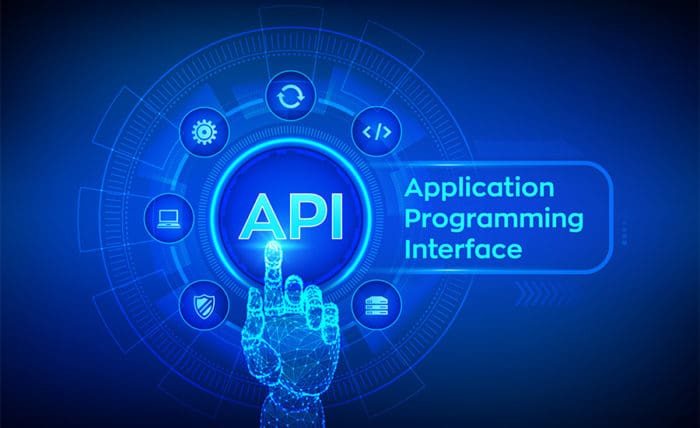
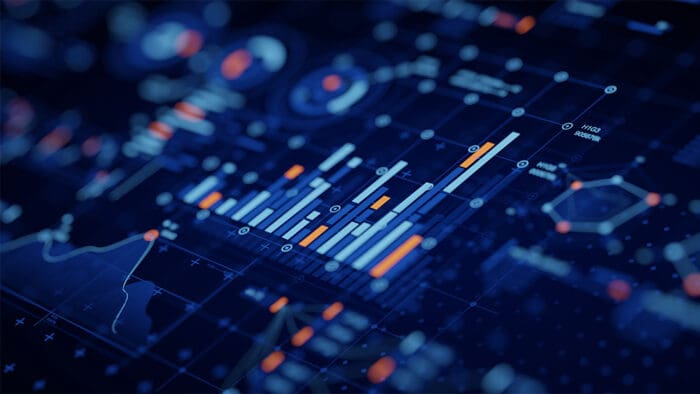
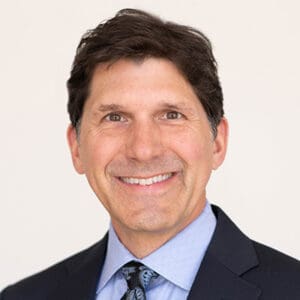
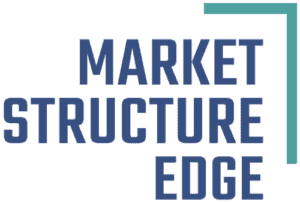
Join The Conversation
For specific platform feedback and suggestions, please submit it directly to our team using these instructions.
If you have an account-specific question or concern, please reach out to Client Services.
We encourage you to look through our FAQs before posting. Your question may already be covered!